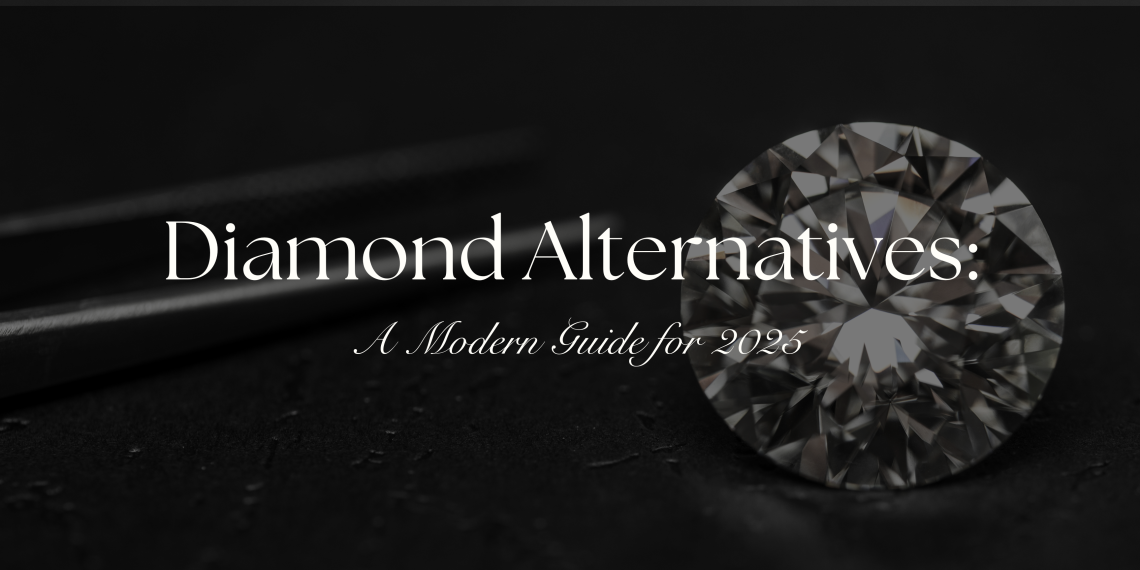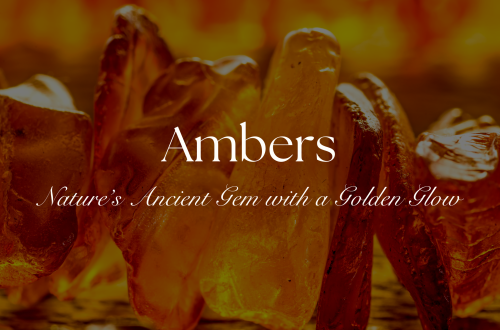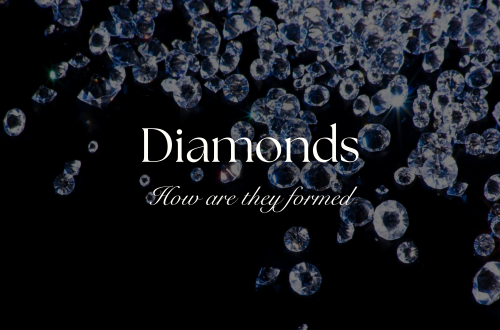Diamonds have long been associated with eternal love and commitment, but they are no longer the only choice for those seeking brilliance, durability, and beauty in fine jewelry. Rising interest in sustainability, ethical sourcing, and affordability has led many to explore diamond alternatives that offer stunning sparkle without the environmental impact or high price. Here is what you need to know about the best diamond alternatives available in 2025.
Why Consider Diamond Alternatives?
Many people are choosing diamond alternatives for practical, ethical, and aesthetic reasons. These stones often cost 60 to 90 percent less than traditional diamonds while delivering similar visual appeal, making them an attractive option for couples focused on building financial stability. Lab-created and alternative gemstones also avoid the environmental challenges and ethical concerns tied to traditional diamond mining. Additionally, each alternative brings its own character, allowing you to select a stone that aligns with your personal style and values.
Leading Diamond Alternatives
Moissanite is known for its exceptional brilliance and fire, often appearing even sparklier than diamonds. With a hardness of 9.25 on the Mohs scale, it is highly durable for daily wear and is available in near-colorless and colorless options at a fraction of a diamond’s cost. It is ideal for those who want maximum sparkle and durability while staying within budget.
White Sapphire offers a more understated shine with less brilliance than diamonds, providing a soft, elegant appearance. With a hardness of 9, it is suitable for daily wear, and its affordability makes it a popular choice for those seeking a minimalist aesthetic.
Lab-Grown Diamonds are chemically and visually identical to mined diamonds, offering the same level of brilliance and durability while being 30 to 50 percent more affordable. For those who want the traditional diamond experience with ethical and budget advantages, lab-grown diamonds are an excellent option.
Cubic Zirconia (CZ) delivers bright sparkle and a flawless appearance at a very low cost. Although less durable, with a hardness of 8 to 8.5 and prone to scratches over time, it is ideal for fashion jewelry or as a temporary alternative.
White Topaz provides a gentle glow with less brilliance than diamonds. With a hardness of 8, it is more prone to scratching and requires regular cleaning, making it best suited for occasional wear or statement pieces.
Goshenite, a colorless variety of beryl, offers a subtle shine and unique charm for those seeking an uncommon alternative. With a hardness between 7.5 and 8, it is durable enough for occasional wear and is appreciated for its understated beauty.
Choosing the Right Diamond Alternative
When deciding on a diamond alternative, consider your lifestyle and priorities. If you need a stone that can handle daily wear, moissanite and lab-grown diamonds are excellent choices. For those seeking maximum sparkle, moissanite provides exceptional brilliance. If budget is your primary concern, cubic zirconia and white topaz offer beautiful options at a lower cost. Those who prefer a natural gemstone may gravitate toward white sapphire or goshenite, while buyers focused on sustainability often opt for lab-grown diamonds or moissanite.
Ethical and Environmental Benefits
Choosing a diamond alternative can significantly reduce your environmental footprint. Lab-grown diamonds and moissanite require less energy to produce than mined diamonds and do not contribute to conflict zones or ecological damage from mining operations. Many alternatives are now traceable, allowing buyers to align their jewelry choices with their ethical values while still enjoying beauty and quality.
Care and Maintenance
Caring for your diamond alternative depends on the stone you select. Lab-grown diamonds and moissanite are highly durable and can be cleaned with warm soapy water or a jewelry cleaner. Cubic zirconia and white topaz should be handled gently and protected from rough surfaces to avoid scratches. White sapphires and goshenite can be cleaned with mild soap and a soft brush and should be stored separately to prevent damage.
Are Diamond Alternatives Suitable for Engagement Rings?
Absolutely. Many couples today are choosing moissanite or lab-grown diamonds for engagement rings, embracing the freedom to invest in their future while still celebrating their commitment beautifully. These stones allow you to prioritize your financial goals while enjoying the timeless elegance and sparkle you love.
Popular Designs Featuring Diamond Alternatives
Moissanite halo rings paired with lab-grown diamond side stones are popular among those seeking brilliance and style. White sapphire solitaires in vintage-inspired settings offer classic elegance, while minimalist lab-grown diamond studs provide everyday luxury. For those seeking stackable pieces, cubic zirconia eternity bands deliver sparkle at a fraction of the cost.
Conclusion: Choosing What Reflects You
Selecting a diamond alternative is about more than cost. It is an opportunity to align your jewelry choices with your lifestyle, values, and taste. Whether you are drawn to the fiery brilliance of moissanite, the quiet elegance of white sapphire, or the ethical assurance of a lab-grown diamond, there is an alternative that allows you to express your commitment and style in a way that feels true to you.




